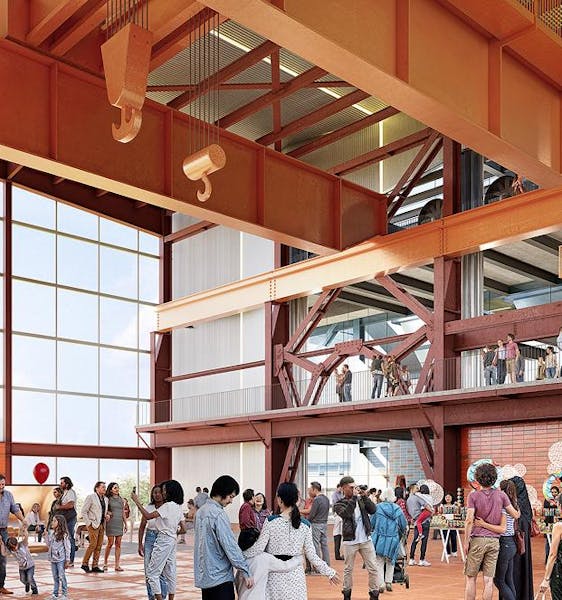


Manresa Timeline
Trace the island's evolving lore—from its Indigenous roots to its industrial rise to its wild renewal.
1600
Seasonal Journeys
The Siwanoys migrated seasonally, living by the Sound in warmer months to harvest shellfish and moving inland in winter for shelter from the more exposed coast. They traveled long distances for trade using bark canoes and dugouts carved from logs.
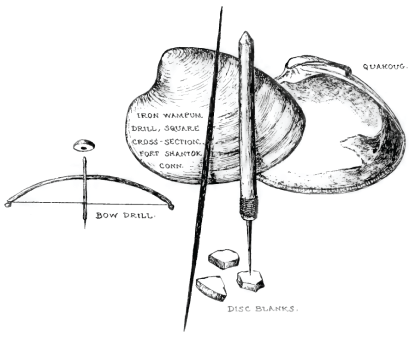
Manresa is inhabited by the Norwakee, part of the Siwanoy of the Wappinger Confederacy, who sustain themselves through the land and sea.
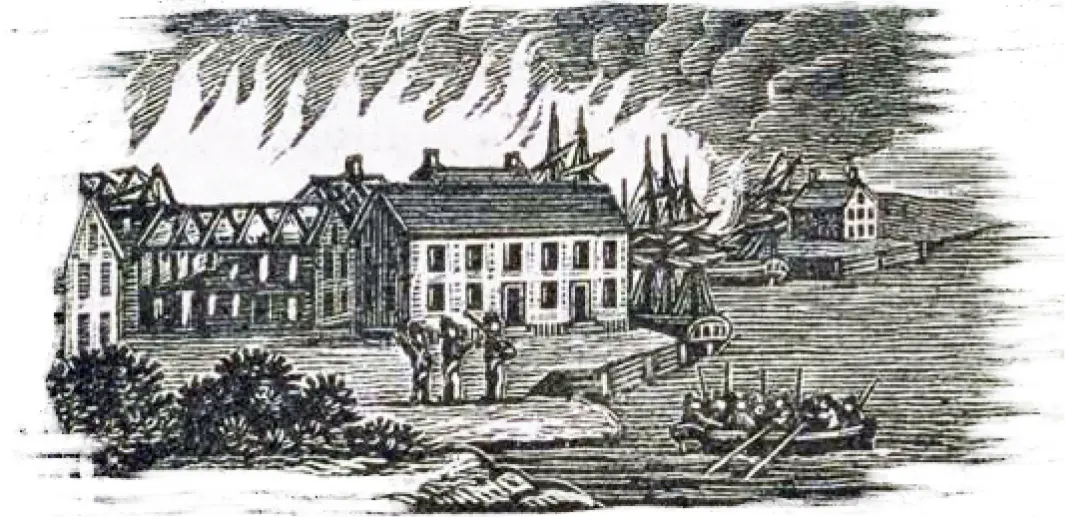
dutch settlement
Dutch settlers Daniel Patrick and Roger Ludlow acquire land from Norwaake chief Mahackemo. By 1664, the Island is known as Boutons, with settlers cultivating grains and raising cattle.
The Burning of Norwalk and Fairfield
British forces burn Connecticut towns to the ground for supplying the colonial rebels in the Revolutionary War.
1800
Historical Innovation
In its industrial heyday, Norwalk was home to over 45 hat factories, earning it a reputation as a hub for hat manufacturing. Norwalk's ironworks developed a groundbreaking air compressor used for ship steering, refrigeration, and explosives production.
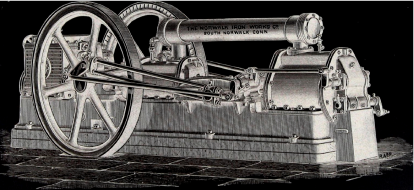
This innovation became vital during WWI, with the U.S. relying entirely on Norwalk's supply.
rail connection
The New York and New Haven Railroad begins passenger service through Norwalk, boosting connectivity.
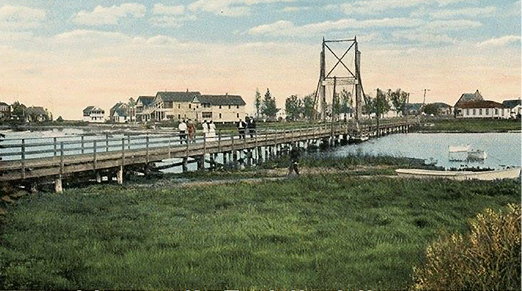
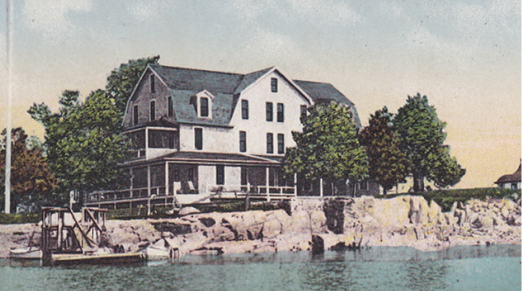
Keyser Island
John H. Keyser builds a causeway to his estate, as well as draining marshland and constructing new buildings.
Oyster Town
Norwalk leads the oyster industry by pioneering steam-powered dredging.
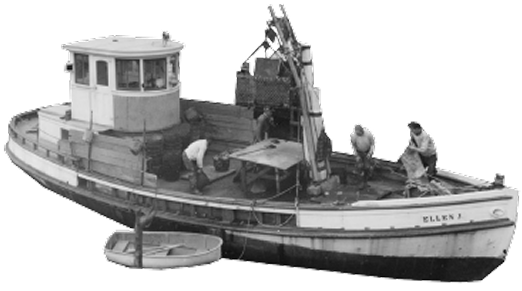
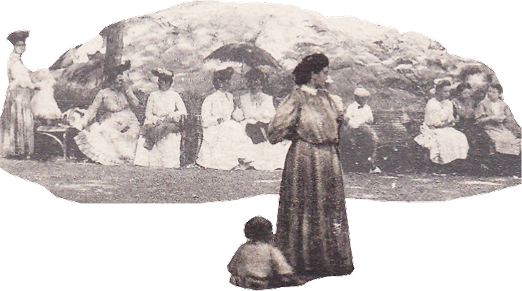
Coastal Retreat
Connecticut's coastal areas grow popular as retreats from urban life
1890
Manresa: A Retreat for All
The Manresa Institute is founded by the Jesuits on Keyser Island, the only U.S. facility dedicated solely to hosting retreats, and welcomed people regardless of status or wealth.
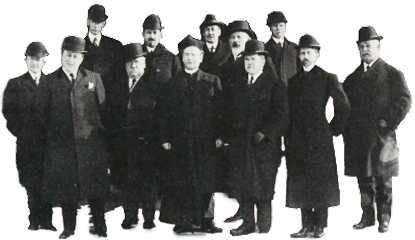
Named after a spiritually significant city in Spain, Manresa served as a peaceful sanctuary for reflection until the Jesuits relocated to Staten Island in 1911.
civic action
Norwalk residents petition for Manresa to become a city park to prevent takeover by power companies.
zoning approved
The Norwalk Zoning Commission approves power generation on Manresa Island.

zoning approved
The Norwalk Zoning Commission approves power generation on Manresa Island.
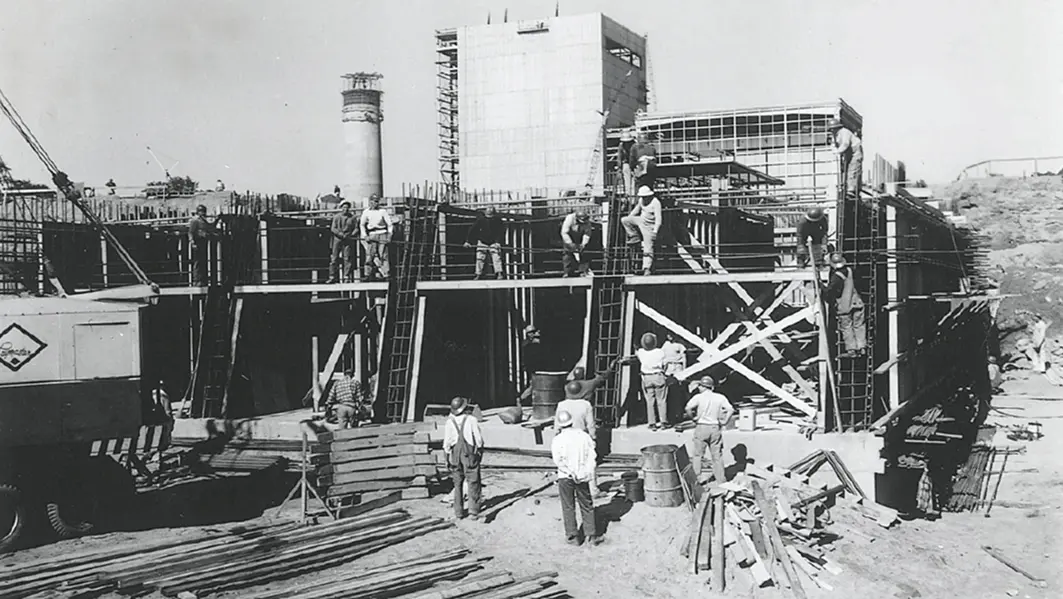
Power Plant Built
The Norwalk Harbor Generating Station is built, expanding the Island with coal ash fill.
oil spill
A major fuel oil spill damages Village Creek beach and surrounding tidal flats.
1970
The Shift to Oil
In 1972, oil replaced coal at the plant, but air quality and water contamination continued to concern Norwalk residents. By the 80s and 90s, environmental groups targeted the facility for its pollution and ecological damage.
Hazardous Waste
Designated a TSD Facility, Manresa triggers the RCRA Corrective Action process for hazardous waste management.
Wetland Concern
The Norwalk Harbor Management Plan highlights Manresa's wetlands as critical areas of concern.

Filthy Five
Manresa is named one of Connecticut's "Filthy Five" by the CT Coalition for Clean Air.
2010
A Post-Industrial Haven
The decline and closure of the power plant in 2013 coincided with the resurgence of ospreys in Connecticut, following the banning of DDT in 1972.

From just 10 nests at that time, the osprey nest numbers have now surpassed 1,000 across the state. Manresa is also home to many other species, including minks, raccoons, and turtles.
Hurricane Inundation
Hurricane Sandy floods nearly the entire Manresa property. The plant is closed by 2013, allowing post-industrial ecology to take root.
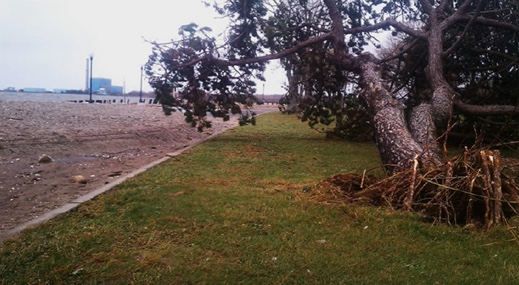

Manresa Island Park
The establishment of Manresa Island Corp and development of a masterplan marks a new chapter for the area.
